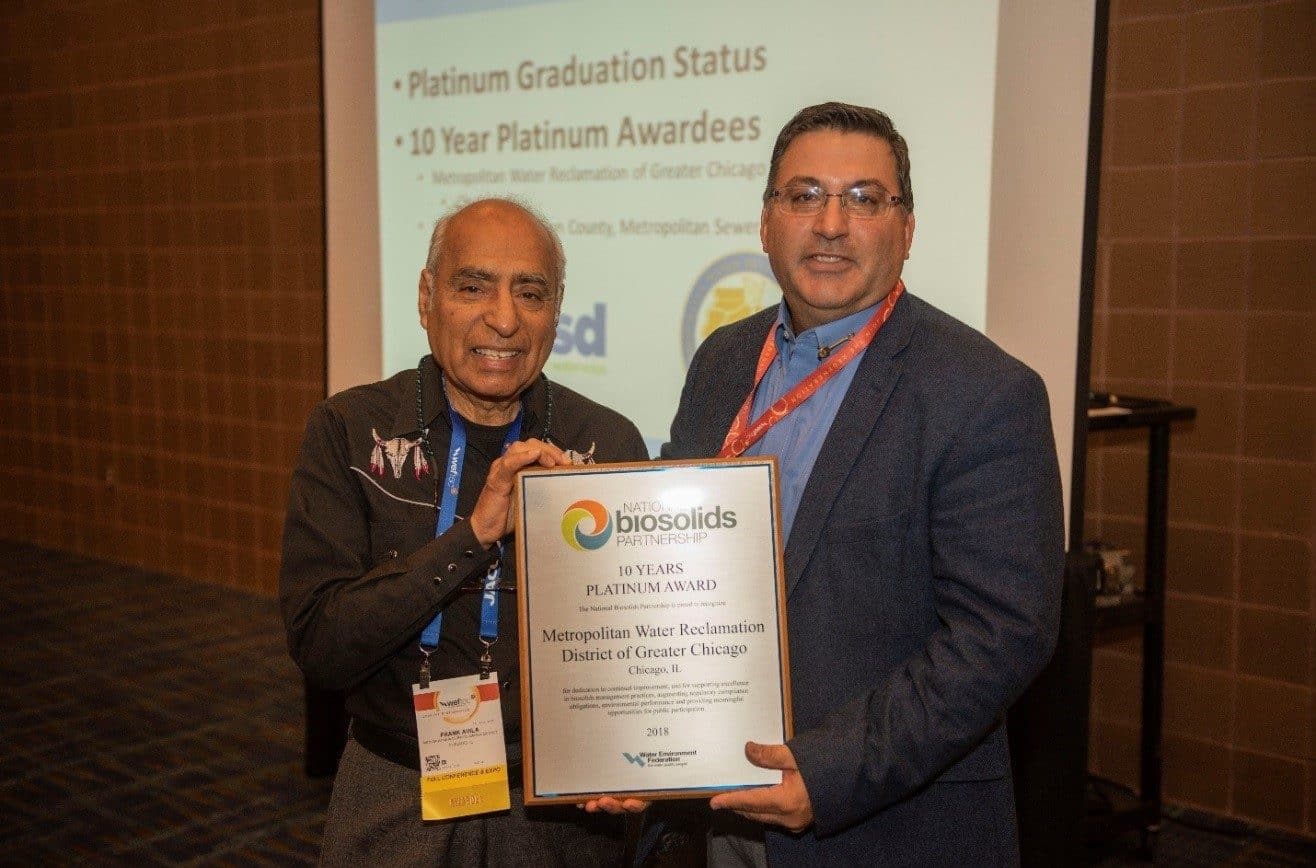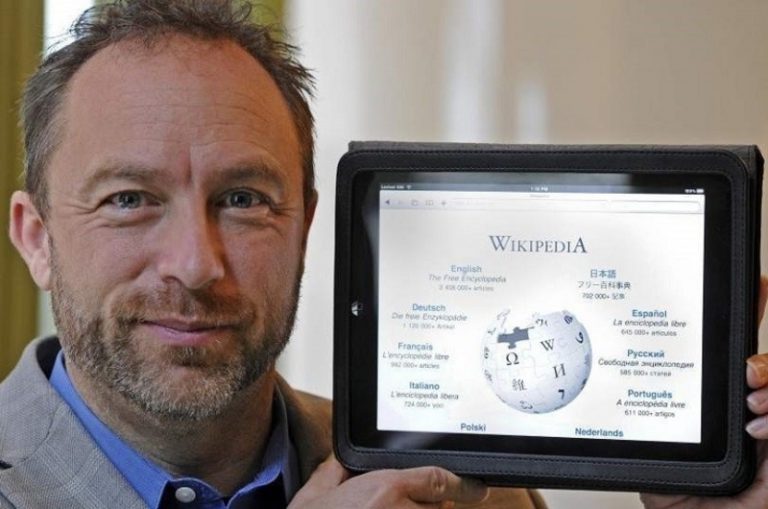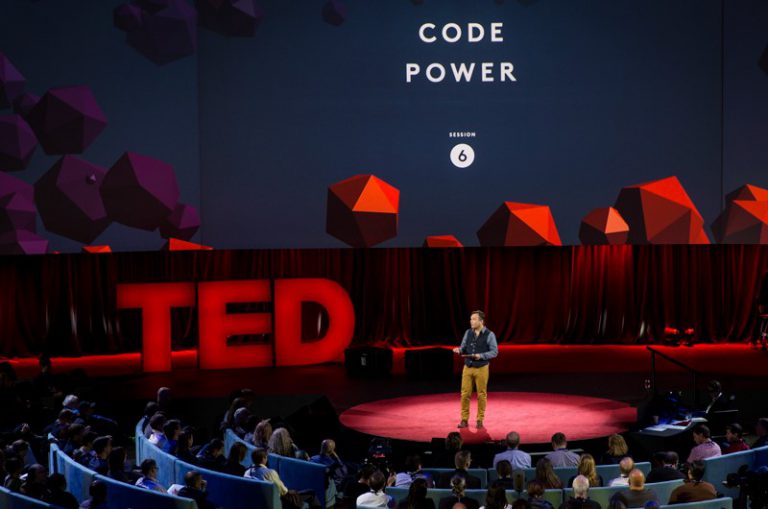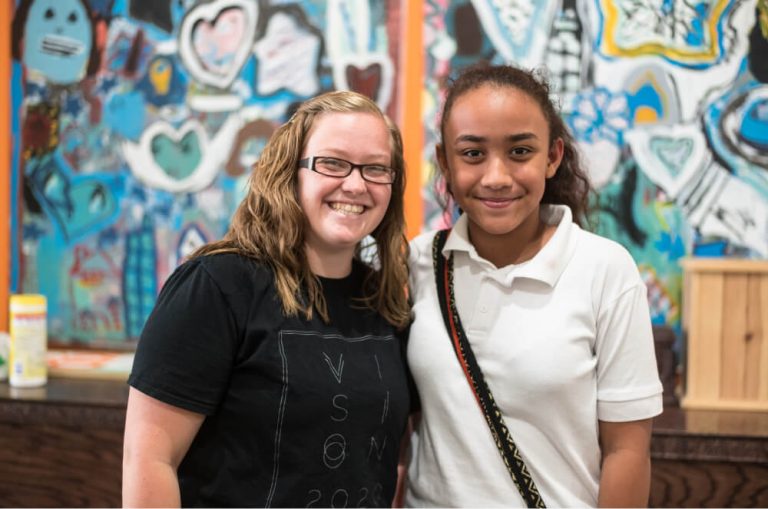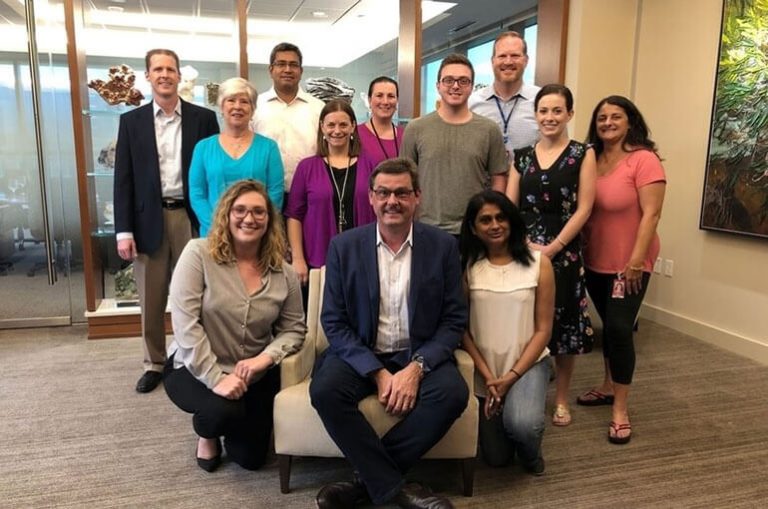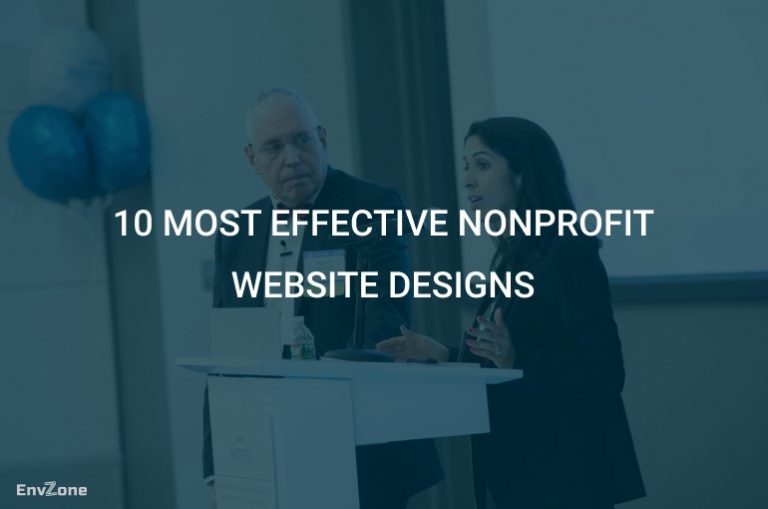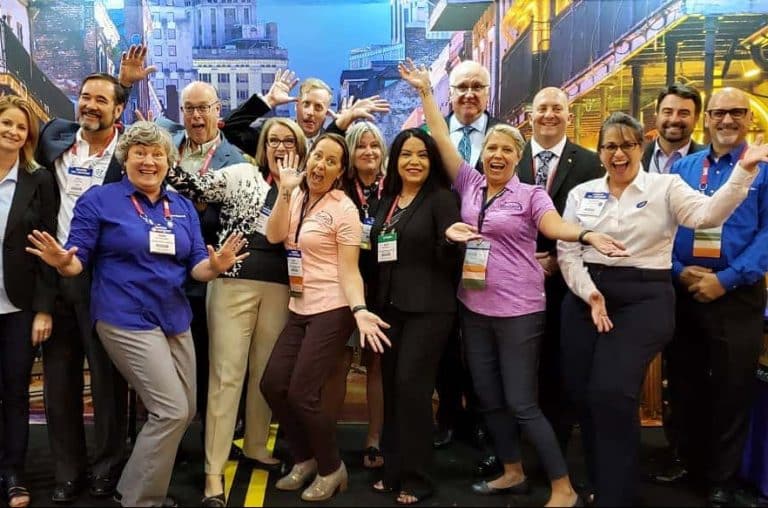AI: The Applications in NGOs World
Did You Know?
According to The Global Journal, there are more than 10 million NGOs all over the world, from small local to large organizations which represent a multitude of interests, sectors, and activities.
With that such an impressive figure, I am pretty sure that these NGOs have to deal with many shortages in connection and data management. Also, they are lack of fundings, volunteers, out of date technology, etc. Thus, it will affect their work performances and negative impacts in the future.
How AI Application solves problems for NGOs?
Thanks to AI, non-profit organizations can handle finance, human resources, communications, internal operations, and sustainability.
But first, AI – what does it mean for us? Artificial intelligence (AI) is an area of computer science that emphasizes the creation of intelligent machines that work and react like humans. Some of the activities computers with artificial intelligence are designed for include:
- Speech recognition
- Learning
- Planning
- Problem-solving
AI was the hottest tech trend of 2017 and it continues to grow like crazy so far.
Here Are Ways That AI Can Bring for Your NGOs
1. Human Resources

People quite commonly say that “Human resources is the function performed in an organization that facilitates the most effective use of people to achieve organizational and individual goals.” While I accept that human resources can be to the efficient running of their organization and a shortage of human resources have caused pressure and reduce the quality of work.
But wait, do not worry!
Because advanced software helps organizations promising staff members. Once managers have decided what conditions they are looking for, artificial intelligence can match applicants with employers that can pre-screen resumes, check for relevant experiences, skills and potential applicants who are best suitable for your organizations. They also reject candidates who lack the required skills or do not pass the basic screening criteria.
2. Finance
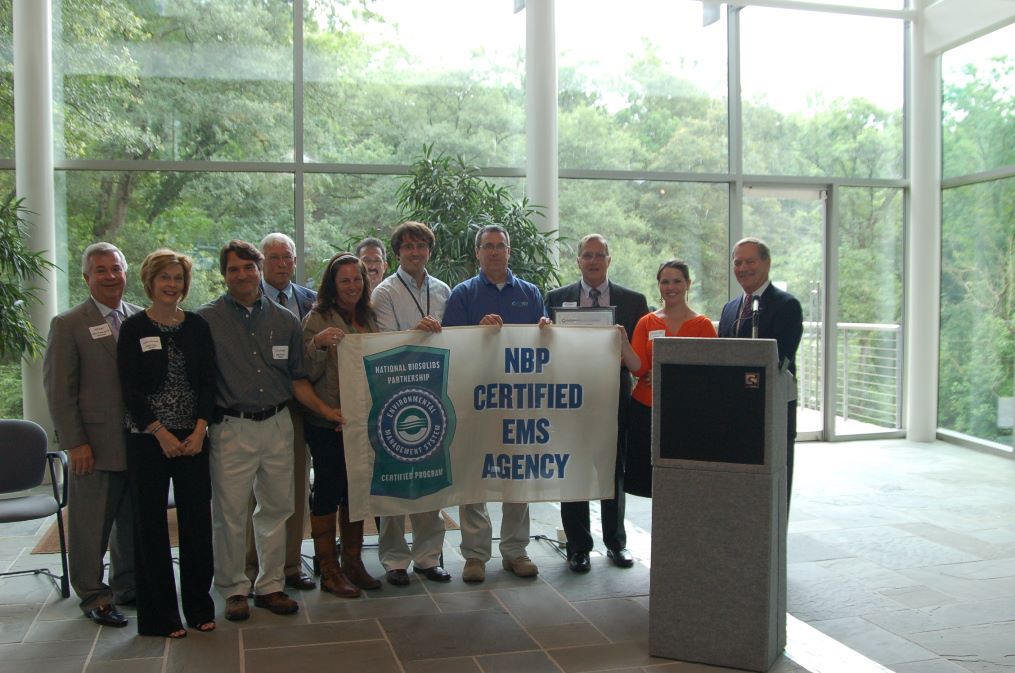
Fraud is everywhere.
The fact that NGOs was founded with a humanitarian purpose, but the fund for NGOs is sometimes flowing into the pockets of many people.
Frustrated? So, what can we do?
Each organization has a different measure. For example, Plan International, Oxfam, Ameri Cares and International Medical Corps take the lead in appointing to an expert against cheating. Also, Medicins Sans Frontieres, Handicap International, and Action Against hire supervisors or accountants to solve this problem. But what If you cannot hire the right staff, even when you spend a lot of time and money? You’re welcome because all you need to do is letting AI help you!
In the Industry 4.0, AI tools can help managers spotting gaps in process flows may not only save the organization time and money but allow other management professionals to detect fraudulent activity.
Moreover, when you are dealing with work pressure which may cause stressful, to that end, stress can also be a clear driver of possibly wrong and fraudulent behavior. Don’t worry because AI can analyze staff behavior to prevent bad behavior.
3. Fundraising
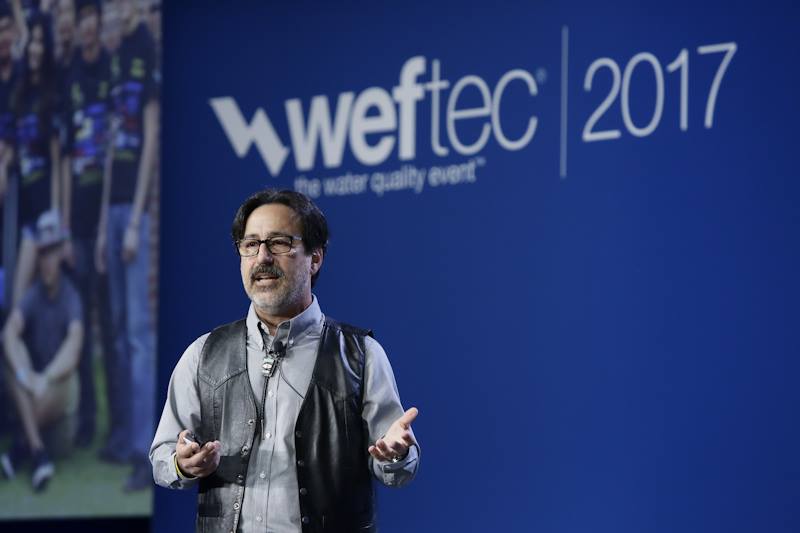
Every NGOs faces challenges concerning fundraising. In a rapidly changing world, it is hard to keep in touch with outside donors, and interested individuals.
Chatbots, automate conversations for commonly asked questions through text messaging, help your NGOs spread out the entire process of fundraising. Most importantly, chatbots make it possible for an organization to connect with the millions of people who already use messaging platforms like Facebook Messenger and WhatsApp.
Your donors and the other people you serve can make requests, complete donations, and keep an eye on their activity on chatbots quickly, easily without a problem. “Charity: Water” project, an example for that using, is now the first nonprofit to accept donations through Facebook Messenger. It is founded in 2006 by Scott Harrison and is the first nonprofit to hit 1 million followers on Twitter.
This project helps people text with the bot, thus they can almost go together with Yeshi, a fictional Ethiopian girl on her long journey to retrieve water. Yeshi interacts with the user by sending texts, images, videos, sound files, maps and GIFs of her surroundings during her trip. “While you spend your day at school, work or with friends, my day is on this path,” she says, and “The first thing you notice is the heat.”
There is no doubt that Chatbots represent an effective way to communicate with internal and external audiences.
4. Sustainability

Sustainability is the ability of an organization to continue its mission or program far into the future. All projects have to finish eventually, but the impact continues. Donors want to see how the project and its effects will outlive their direct involvement in the project analytics, it is a way to control costs, handle internal operations, and automate routine tasks within the organization.
Conclusion
AI can enable non-profits to manage a broad range of activities. In common, machine learning and data. Adoption of these tools can help groups with limited resources streamline internal processes and external communications and in that way, improve how they function.
If you are in need of a solution for your organization, do not hesitate to leave us your project’s details and get in contact with EnvZone.
Related post: What Can the Cloud Technology Do for Nonprofits?

